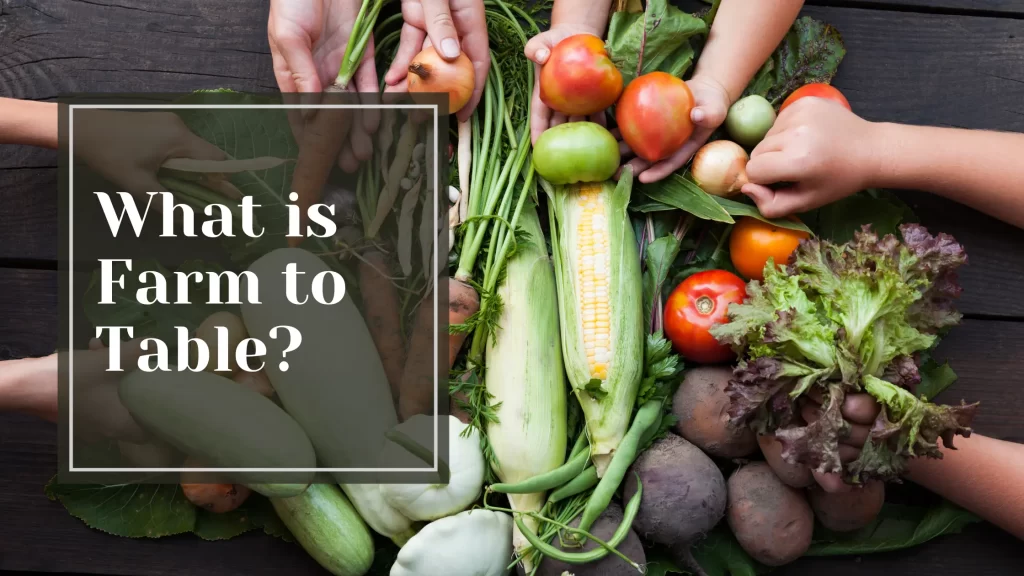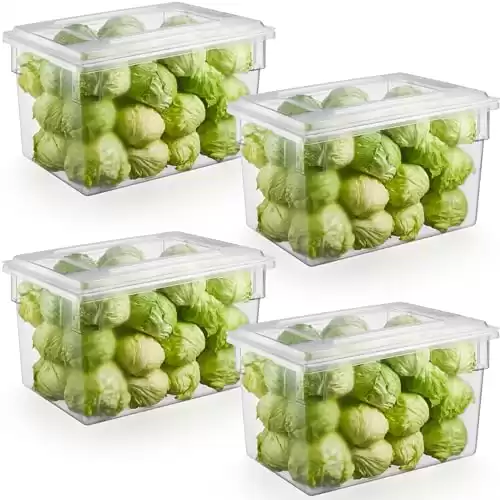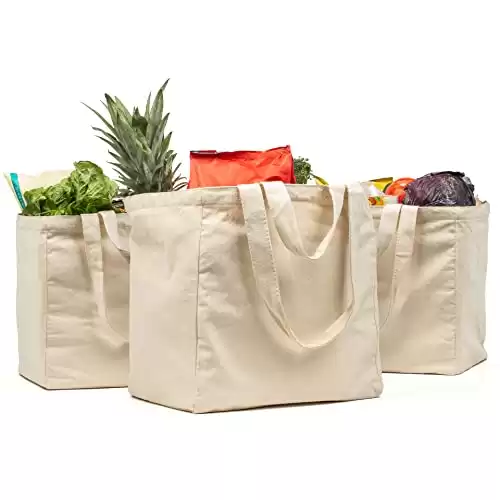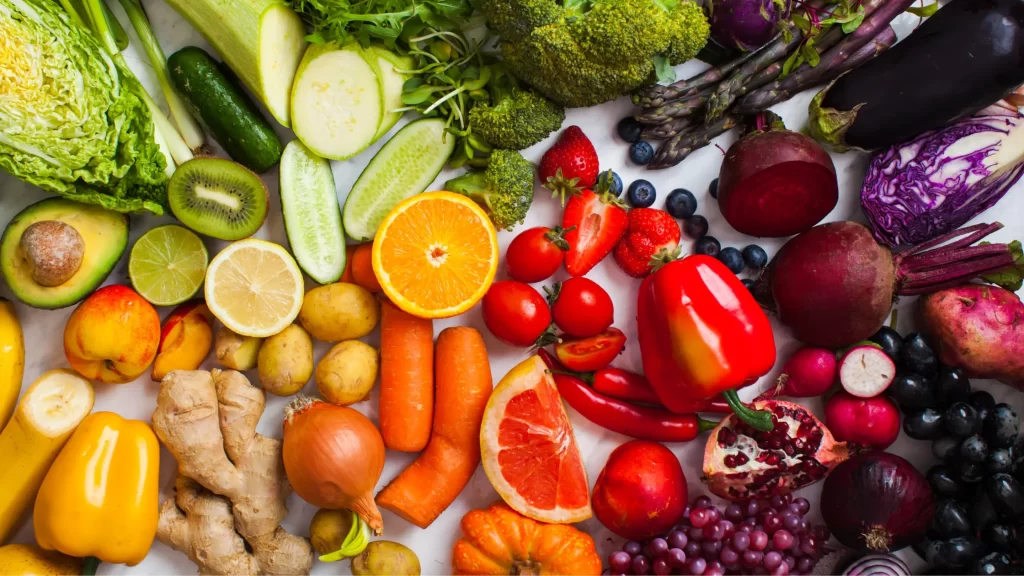
In a world dominated by industrialized food production and global supply chains, the farm-to-table movement stands as a refreshing counterpoint, reconnecting consumers with the origins of their food. This culinary revolution is not just a trend but a paradigm shift that places emphasis on local, seasonal, and fresh ingredients, forging a direct link between farms and dining tables. Whether it’s the dedication of a farmer cultivating the land or the precision of a greenhouse manager ensuring year-round produce, the farm-to-table ethos extends beyond the kitchen.
Table of Contents
ToggleWhat is Farm-to-Table?
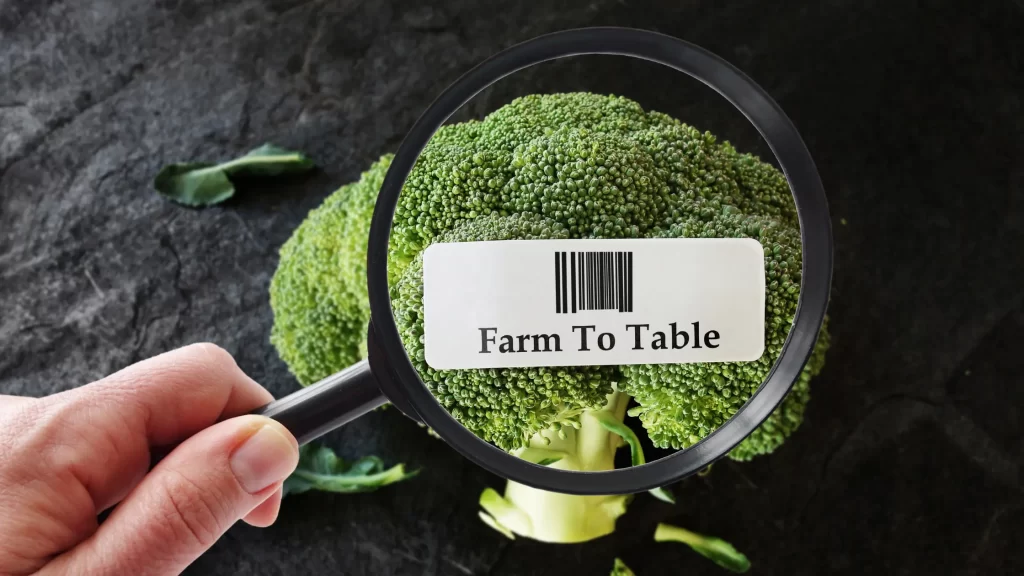
At its essence, farm-to-table is a celebration of locality, a pledge to bring the food chain back to its intimate beginnings. It’s about chefs forging relationships with farmers, plucking ingredients straight from the earth at the peak of ripeness, and serving them up with all their unadulterated freshness. It’s not just about what’s on your plate, it’s a commitment to shortening the distance between food production and consumption – ensuring that the journey from the farm to the table is as direct and transparent as possible. This approach contrasts sharply with the conventional model, where food often travels long distances, losing its freshness and depleting its nutritional value along the way.
A heightened awareness of the environmental and social impacts of traditional food systems is a driving factor for the movement. Consumers are increasingly concerned about the carbon footprint associated with the transportation of goods across vast distances. Farm-to-table dining addresses this concern by supporting local farmers and reducing the overall environmental impact associated with food production and distribution.
Embrace sustainable living with the OXO Good Grips Easy-Clean Compost Bin. This 1.75-gallon bin in charcoal is made of durable plastic, measuring 8.3"L x 10.15"W x 12"H. Easily contribute to the benefits of farm-to-table living by efficiently composting kitchen waste. A convenient and eco-friendly addition to any household, supporting both a healthier kitchen and environment
A Growing Movement
The farm-to-table movement is gaining momentum as people seek a deeper connection to their food. In an era dominated by fast food and pre-packaged meals, there is a growing desire for a more authentic and meaningful dining experience. Consumers want to know where their food comes from, how it is produced, and the journey it takes to reach their plates. Farm-to-table dining satisfies this curiosity, offering a more transparent and traceable food supply chain.
Optimize your kitchen with the CURTA 4 Pack Food Storage Box. This NSF Listed, commercial-grade clear polycarbonate container, measuring 26" x 18" x 15", provides transparency for a visible and traceable food storage solution. Ideal for restaurants, food services, and households, it aligns perfectly with the authenticity of farm-to-table dining
The Benefits are Many

Locally sourced produce requires less travel time, reducing greenhouse gas emissions and the total carbon footprint. Secondly, supporting local farmers stimulates the regional economy, fostering community growth and resilience.
The nutritional advantages are significant as well. Fresh, seasonal produce tends to be more nutrient-dense compared to items that have spent days or weeks in transit. Farm-to-table dining not only supports local economies, but promotes healthier eating habits in an eco-friendly way. A triple win.
Chefs play a pivotal role in the farm-to-table movement by championing the use of local, seasonal ingredients in their culinary creations. This showcases the unique flavors of the region and encourages farmers to diversify their crops, promoting biodiversity and resilience in their agriculture. As a result, menus become dynamic, changing with the seasons and inspiring a new appreciation for the ebb and flow of nature’s bounty.
Make a sustainable choice with the VeraMia Canvas Grocery Bag 3pc XL Set. These heavy-duty, foldable, and washable bags are designed with real pockets, a long shoulder strap, and a short handle. Perfect for carrying locally sourced produce, these bags not only support local farmers and reduce your carbon footprint but also foster a triple win by promoting healthier eating habits in an eco-friendly way
The Future of Farm-to-Table
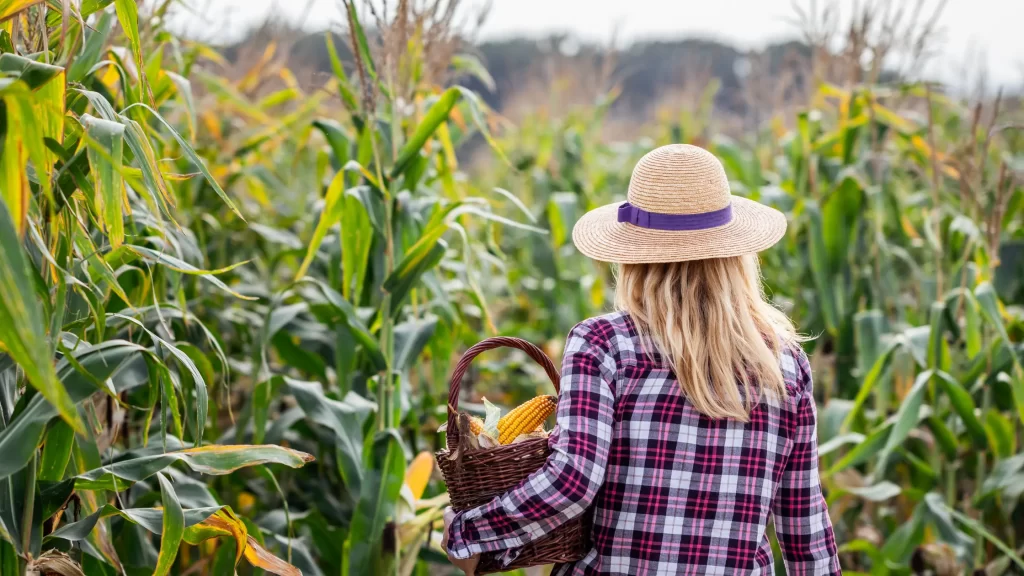
Farm-to-table dining is more than just a trend; it’s a conscientious choice that reflects a desire for a more sustainable, transparent, and flavorful food system. As the movement continues to grow, it not only transforms the way we eat but also reshapes our relationship with the land, the farmers, and the communities that sustain us. By embracing farm-to-table practices, we not only nourish ourselves and loved ones better, but cultivate healthier and more connected communities as well.
Explore how the principles of sustainable agriculture extend beyond the plate in our guide on ‘How to Make Money with a Small Farm.’ Learn about the essential roles in the farm-to-table process. Additionally, delve into ‘Fall Home Maintenance Checklist’ for comprehensive tips on preparing your farm for the changing seasons. Gain insights into ‘How to Build a Fence: Beginner’s Guide’ to enhance both security and aesthetics on your farm.
Frequently Asked Questions
What Is Farm-to-Table?
Farm-to-table is a culinary movement emphasizing fresh, local ingredients and a direct link between farms and dining tables
How Does It Benefit The Environment?
Reducing carbon footprint, supporting local farmers, and minimizing food transportation for an eco-friendly approach
Why Is Nutritional Value Crucial in Farm-to-Table Dining?
Fresh, seasonal produce promotes healthier eating habits and supports local economies
What Role Do Chefs Play in the Movement?
Chefs champion local ingredients, inspire dynamic menus, and reshape culinary practices for biodiversity
How Does Farm-to-Table Contribute to Community Growth?
Stimulating regional economies, fostering community growth, and creating a connected and resilient food system

